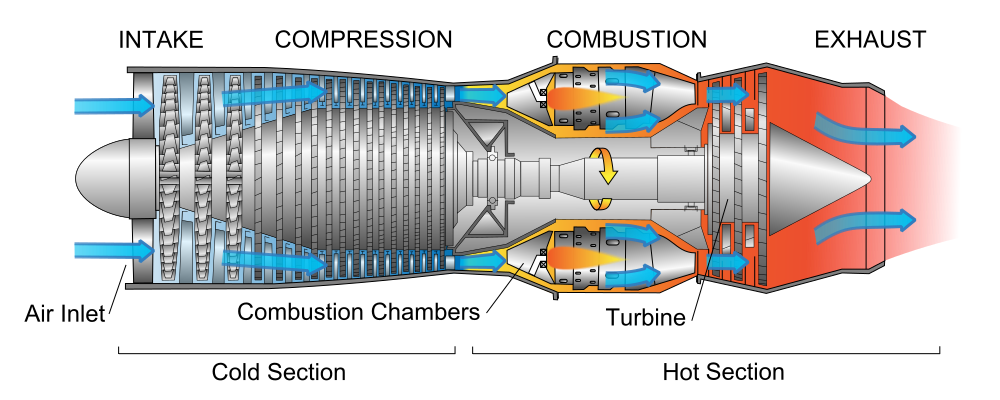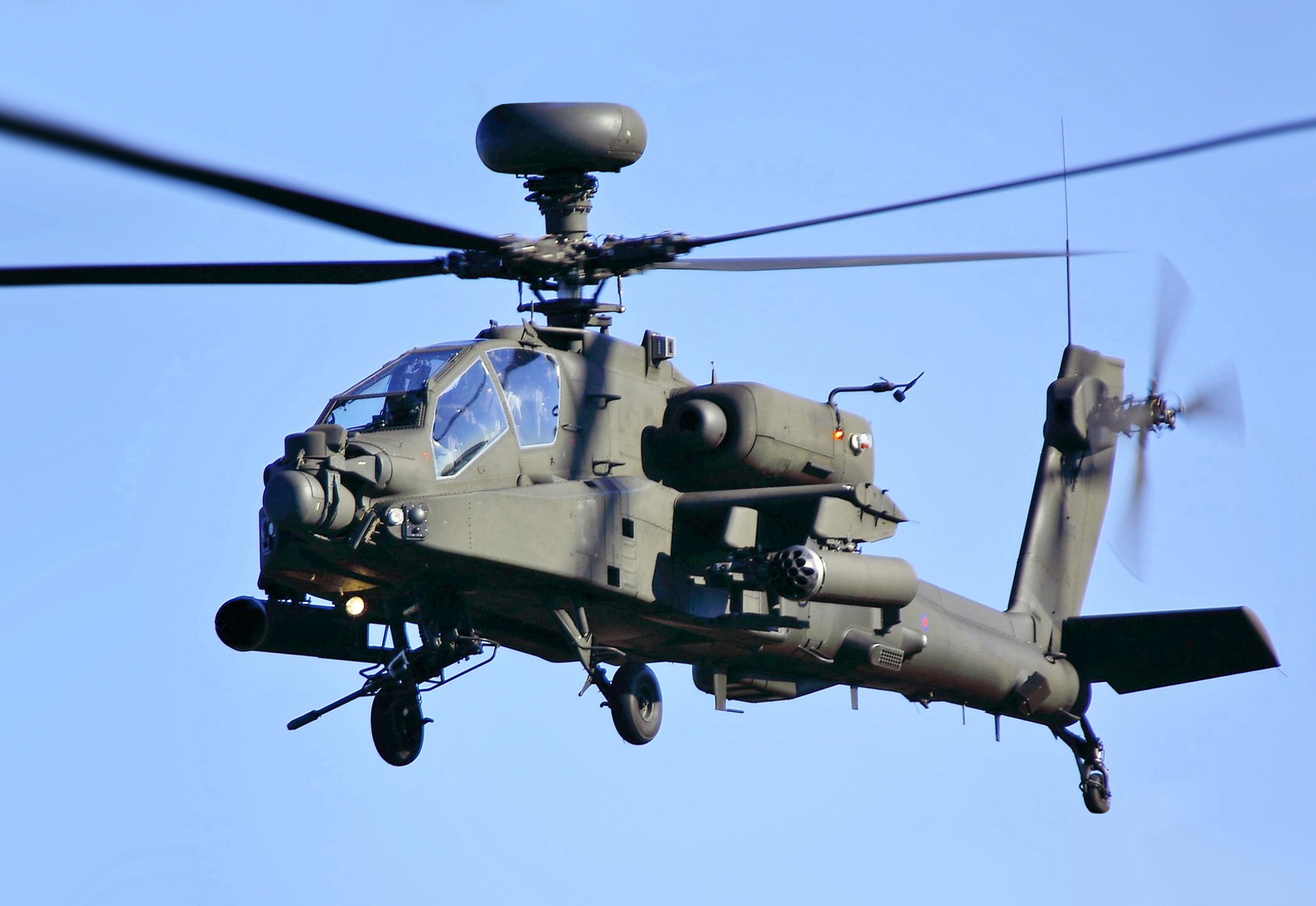Modular Thruster Engines, Helicopter Main rotors
Under Consideration
Inspired by the Prototech Thrusters, lets flip the concept around.
Instead of introducing new thruster blocks from bad- better- best linear upgrade path we can separate an engine into 2-3 sections, each with difference influence on engine performance.
This adapts already familiar concepts of the high speed/ yield modules on the refinery and assemblers for SE1
- Main Engine: Kept simple and self contained, baseline performance, benefits is its small size and intuitive to play without interacting with the other parts.
- Fan Intake: Placed in front, small compressors (1x1) improves thrust per engine but has higher fuel consumption (akin to fighter jet engines), larger bypass compressors improve fuel efficiency and increase thrust)
- Nozzles: Placed at end of the engine. Smaller nozzles improve performance at higher velocities/altitudes, while larger nozzles benefit at lower velocities/ altitudes. May allow for afterburners (sort of+ 20% thrust for like 50% more fuel)

Since we're at the topic of aviation, I think Helicopter Main rotors are sorely needed instead of ducted fans.
- Helicopter Main Rotor, a super large fan (3x3 or more) that produces 10x the thrust of a 1x1 ducted fan. Gets damaged when in contact with grids/ voxels interfering with rotor blades. should have a static part above the axle to enable players to place blocks, or even stack rotors together to double the thrust (coaxial rotors)





 I like this feedback
I like this feedback
So happy to see this. With tiers for each section too? Afterburners?
So happy to see this. With tiers for each section too? Afterburners?
Unless the calculation of engine power and thrust is aerodynamic and thermally realistic, the jet engines as shown in the SE (old and new variants) are "good enough".
The same is true of helicopter rotors - if the thrust and lift calculations are not aerodynamically realistic, then the "flat jet engine" shown in the SE is "good enough".
Afterburners make sense for supersonic speed flights and thrust increases during takeoff and combat turns. But unless the game calculates real aerodynamics and thermodynamics, it's useless fads and frills.
Plus - many planets don't have breathable atmospheres, there's no oxygen - how are you going to run a jet engine in an oxygen-free, say ammonia-methane, atmosphere? Or in a pure CO2 atmosphere?
Yes, you can say to me: look at the Ingenuity!
Very well, I looked at it very carefully.
It is powered by an electric motor and its propulsion and navigation system makes up more than three-quarters of its weight.
Unless the calculation of engine power and thrust is aerodynamic and thermally realistic, the jet engines as shown in the SE (old and new variants) are "good enough".
The same is true of helicopter rotors - if the thrust and lift calculations are not aerodynamically realistic, then the "flat jet engine" shown in the SE is "good enough".
Afterburners make sense for supersonic speed flights and thrust increases during takeoff and combat turns. But unless the game calculates real aerodynamics and thermodynamics, it's useless fads and frills.
Plus - many planets don't have breathable atmospheres, there's no oxygen - how are you going to run a jet engine in an oxygen-free, say ammonia-methane, atmosphere? Or in a pure CO2 atmosphere?
Yes, you can say to me: look at the Ingenuity!
Very well, I looked at it very carefully.
It is powered by an electric motor and its propulsion and navigation system makes up more than three-quarters of its weight.
So you want to take what amounts to one block and split it into 3 for what purpose exactly? All this would do is add unnecessary complication for the sake of complication. If you like that sort of stuff then cool, but I see no logical purpose for splitting thrusters into 3 separate blocks when what we have now already works well enough. It would be simpler to just try to optimize and improve thruster performance as a whole. A helicopter rotor can be done now as is.
So you want to take what amounts to one block and split it into 3 for what purpose exactly? All this would do is add unnecessary complication for the sake of complication. If you like that sort of stuff then cool, but I see no logical purpose for splitting thrusters into 3 separate blocks when what we have now already works well enough. It would be simpler to just try to optimize and improve thruster performance as a whole. A helicopter rotor can be done now as is.
Imitation rotor can be created... However, it is not a real rotor that creates lift as it rotates.
But that brings me to an idea:
Create a group of blocks with differently sloped "outer surfaces" (slopes ranging from "flat", to 1:1 slope, to 1:5-1:10 slope, to get a smooth enough wing profile) that would have the property of generating a force perpendicular to the inner ("back" or "inside") surface of the block when moving. The groups should be two, for the top and bottom side of the wing, with opposite lift directions (the top side of the wing generates about 2/3 of the lift of the whole wing!)
This would simulate the generation of a lift force dependent on the wing surface and airspeed... Similarly, air resistance could be simulated, although it would have to depend in some way on the block's position in the block row.
Such blocks could also be used to create a helicopter rotor blade, which would also generate a simulated lift force as the blocks rotate (and therefore move)...
I think that such blocks would be used quite quickly for "creations that weren't counted on..." For example, for a "lifting fuselage", i.e. a plane without a wing, various "discoplanes" or even worse abominations... Is that a high price?
Although such considerations belong more in the topic of aerodynamics...
Imitation rotor can be created... However, it is not a real rotor that creates lift as it rotates.
But that brings me to an idea:
Create a group of blocks with differently sloped "outer surfaces" (slopes ranging from "flat", to 1:1 slope, to 1:5-1:10 slope, to get a smooth enough wing profile) that would have the property of generating a force perpendicular to the inner ("back" or "inside") surface of the block when moving. The groups should be two, for the top and bottom side of the wing, with opposite lift directions (the top side of the wing generates about 2/3 of the lift of the whole wing!)
This would simulate the generation of a lift force dependent on the wing surface and airspeed... Similarly, air resistance could be simulated, although it would have to depend in some way on the block's position in the block row.
Such blocks could also be used to create a helicopter rotor blade, which would also generate a simulated lift force as the blocks rotate (and therefore move)...
I think that such blocks would be used quite quickly for "creations that weren't counted on..." For example, for a "lifting fuselage", i.e. a plane without a wing, various "discoplanes" or even worse abominations... Is that a high price?
Although such considerations belong more in the topic of aerodynamics...
Helicopters don't fly. Helicopters are so ugly that the Earth repels them.
Helicopters don't fly. Helicopters are so ugly that the Earth repels them.
If we're going for modular engines, I'd want propellers, fans and blades that could be added to a h2 engine, turbine or electric motor, and afterburners that could be added to a turbine.
Notably, atmospheric thrusters are electric fans (i.e. fan + electric motor) despite looking like jet engines; hydrogen thrusters are rocket engines. We don't have an air-breathing fuel-burning thruster in SE1.
Propellers would be even more relevant since we're getting water in SE2.
If we're going for modular engines, I'd want propellers, fans and blades that could be added to a h2 engine, turbine or electric motor, and afterburners that could be added to a turbine.
Notably, atmospheric thrusters are electric fans (i.e. fan + electric motor) despite looking like jet engines; hydrogen thrusters are rocket engines. We don't have an air-breathing fuel-burning thruster in SE1.
Propellers would be even more relevant since we're getting water in SE2.
In the KSP game, I've modified a jet engine for waterjet propulsion. The engine system in KSP is modular in principle.
The relevant part of the engine definition looked like this after modification:
(I hope this is clear enough for the uninitiated)
KSP calculates for the engines the Isp and mass flow parameters.
For jet engines, also the velocity curve and the dependence on air pressure
MODULE { name = ModuleResourceIntake resourceName = IntakeLqd //IntakeAir checkForOxygen = false //true area = 1.00 intakeSpeed = 15 intakeTransformName = Intake underwaterOnly = true occludeNode = top } RESOURCE { name = IntakeLqd amount = 0 maxAmount = 10 } PROPELLANT { name = IntakeLqd ignoreForIsp = True ratio = 1 } PROPELLANT { name = ElectricCharge resourceFlowMode = STAGE_STACK_FLOW_BALANCE ratio = 30 DrawGauge = True }In the KSP game, I've modified a jet engine for waterjet propulsion. The engine system in KSP is modular in principle.
The relevant part of the engine definition looked like this after modification:
(I hope this is clear enough for the uninitiated)
KSP calculates for the engines the Isp and mass flow parameters.
For jet engines, also the velocity curve and the dependence on air pressure
MODULE { name = ModuleResourceIntake resourceName = IntakeLqd //IntakeAir checkForOxygen = false //true area = 1.00 intakeSpeed = 15 intakeTransformName = Intake underwaterOnly = true occludeNode = top } RESOURCE { name = IntakeLqd amount = 0 maxAmount = 10 } PROPELLANT { name = IntakeLqd ignoreForIsp = True ratio = 1 } PROPELLANT { name = ElectricCharge resourceFlowMode = STAGE_STACK_FLOW_BALANCE ratio = 30 DrawGauge = True }What kind of influence do potential different parts have on the thruster engine?
What kind of influence do potential different parts have on the thruster engine?
I, for one, reject fake helicopter blades, and am more than happy to wait until SE2 aerodynamic physics mod so that I can make one with subgrids that doesn't take a massive dump on the complexity of physics and integration of actual rotary wing aircraft (and other propellers), if that's what it takes.
You can have your direct thrust as a thruster block, I don't care, but keep it away from my drivetrains where it doesn't make sense.
I, for one, reject fake helicopter blades, and am more than happy to wait until SE2 aerodynamic physics mod so that I can make one with subgrids that doesn't take a massive dump on the complexity of physics and integration of actual rotary wing aircraft (and other propellers), if that's what it takes.
You can have your direct thrust as a thruster block, I don't care, but keep it away from my drivetrains where it doesn't make sense.
Please add that to SE 1 as well!!!!
Please add that to SE 1 as well!!!!
Intakes are only for atmospheric conditions only and not in space.
Technically Oxygen and Hydrogen must be supplied.
Intakes are only for atmospheric conditions only and not in space.
Technically Oxygen and Hydrogen must be supplied.
Replies have been locked on this page!